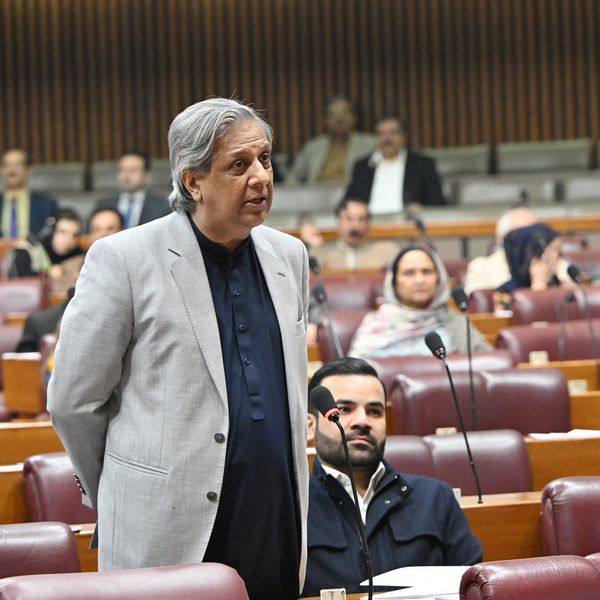Global central banks have hit pause on rate cuts. What does it mean for Pakistan?
Analysts warn Pakistan against premature cuts that could risk capital flight and currency pressure
Shahbaz Ashraf
Business Consultant
Seasoned Investment Professional | CFA | 17+ Years of Experience in Equity Research, Valuation & Advisory Seasoned investment professional with over 17 years of experience in equity research, financial analysis, valuations, and investment advisory—primarily focused on financial services firms, including equity brokerages, asset management companies, and family offices. Skilled in financial modeling, portfolio management, and evaluating multi-asset investment opportunities. Known for delivering data-driven insights and actionable strategies tailored to both institutional and private clients. Holds a BBA and MBA in Finance from the Institute of Business Management (IoBM), Karachi, and is a Chartered Financial Analyst (CFA).

Shutterstock
Nearly all major central banks across advanced economies since June 15 have hit the brakes on interest rate changes, opting to hold current rates steady.
This includes heavyweights such as the U.S. Federal Reserve (Fed), European Central Bank (ECB), Bank of England (BoE), Bank of Canada (BoC), Bank of Japan (BoJ), and the Reserve Bank of Australia (RBA) — all of which are treading cautiously in light of ongoing geopolitical tensions, volatile trade relations, and uncertain inflation dynamics.
In contrast, Turkey has emerged as a notable outlier, implementing aggressive rate cuts during the same period, a move analysts see as driven by its unique domestic political and economic imperatives rather than global trends.
Why are central banks on hold?
Economists argue that central banks in advanced economies are in “wait-and-see mode” as they monitor inflation’s response to slowing global demand, supply chain readjustments, and persistent trade friction, particularly between the U.S., China, and Europe.
Any premature shift in monetary policy, experts warn, could trigger unwanted volatility.
“The global policy environment is unusually synchronized — everyone’s standing still, but for good reason,” said an analyst said.
“The central banks are holding back not because inflation is over, but because they can’t afford to act blindly while so many variables remain unsettled.”
Implications for Pakistan
Pakistan is currently navigating its own interest rate debate. With inflation easing from previous highs and growth projections still modest, some policymakers and business groups are advocating for a move toward single-digit interest rates.
However, analysts urge caution.
One of the key macroeconomic indicators to monitor is the interest rate differential between Pakistan and the U.S., which is already below the historical average. A narrowing differential typically puts downward pressure on the local currency and could accelerate capital outflows.
“Any decision to aggressively lower rates in Pakistan must be weighed against global trends,” said a treasury expert. “If the U.S. cuts rates soon, which is expected, it might give Pakistan more room. But until then, it would be premature to shift sharply. Watch the Fed, watch trade tariffs — these matter just as much as domestic inflation.”
Interest rate differentials — the gap between a country’s domestic rate and those of key global economies — play a pivotal role in determining capital flows, exchange rate stability, and investor confidence. In recent years, Pakistan’s monetary policy has walked a tightrope between taming inflation and supporting growth, often with the International Monetary Fund (IMF) in the backdrop.
The safer route?
With inflation softening but external vulnerabilities still present, especially in the current account and exchange rate pressures, any misalignment with global interest rate movements could prove costly.
While pressure is building for lower rates in Pakistan, global central banks’ decision to hold suggests that patience — and coordination with broader monetary trends — may be the safer route for now.
The coming weeks’ data on U.S. inflation, labor market shifts, and trade policies will be critical in shaping the next phase of monetary strategy, both globally and at home.










Comments
See what people are discussing